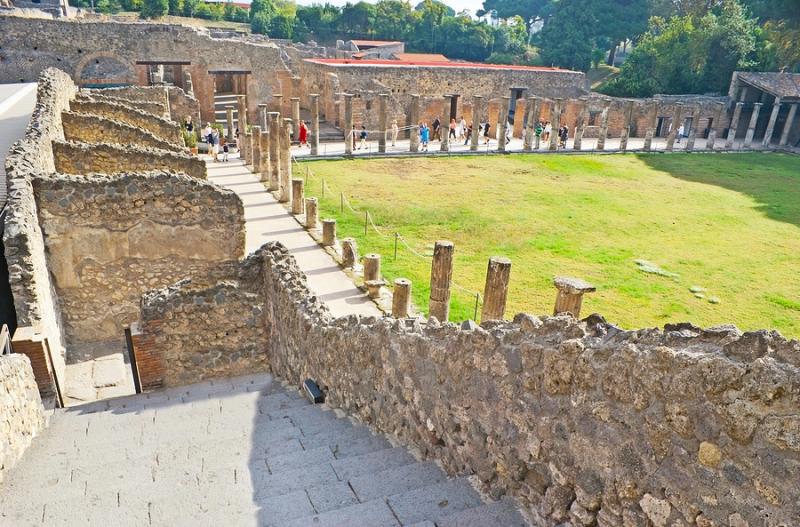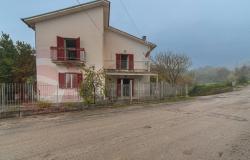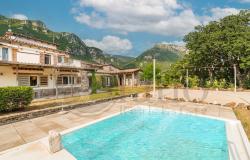When the Schola Armaturarum, a 2,000-year-old building in Pompeii where Roman gladiators gathered, collapsed eight years ago following heavy rainfall, the outcry was far and wide. Adding to previous collapses and the overall neglect and mismanagement of an extraordinary archeological site, it was taken as a sign of Pompeii’s doomed destiny.
The recent reopening of the Schola Armaturarum, after a painstaking restoration, is now hailed as a sign of “Pompeii's rebirth,” in the words of Pompeii site director Massimo Osanna.
The building will be open to the public on Thursdays, when the archeologists and restorers who worked on the restoration of frescoes will be on hand to explain the process.
The Schola Armaturarum was the seat of a military association of gladiators, a place used for meetings and social gatherings, as the decorations themselves, the weapons in the building, and the amphorae containing oil, wine and fish sauces found at the back of the building seem to confirm.
The building suffered heavy damage from bombing during World War II. Successive restoration attempts were made with improper materials (iron and cement), and contributed to aggravating the site’s state. In 2010, when heavy rain hit the site, malfunction of a drainage system and the lack of maintenance contributed to the collapse of the cover in reinforced concrete.
“From a symbol of Italian ineptitude to take care of a precious place that belongs to all of humanity, the Schola Armaturarum, with its reopening, has become a symbol of redemption of the overall results achieved at Pompeii, and represents a sign of hope for the future of our cultural heritage.”
“The time for extraordinary maintenance and restoration is over,” Osanna continued. “Now the time for scheduled maintenance begins.”
In the meantime, the issue relating to the insufficient number of custodians remains open: about 100 of them for 44 hectares of excavated archaeological site. Osanna said he hopes for new hiring, which must be provided for by the Italian government, he said. However, Italy has long tended to skimp on funding for ordinary maintenance and protection of the its vast cultural heritage.









